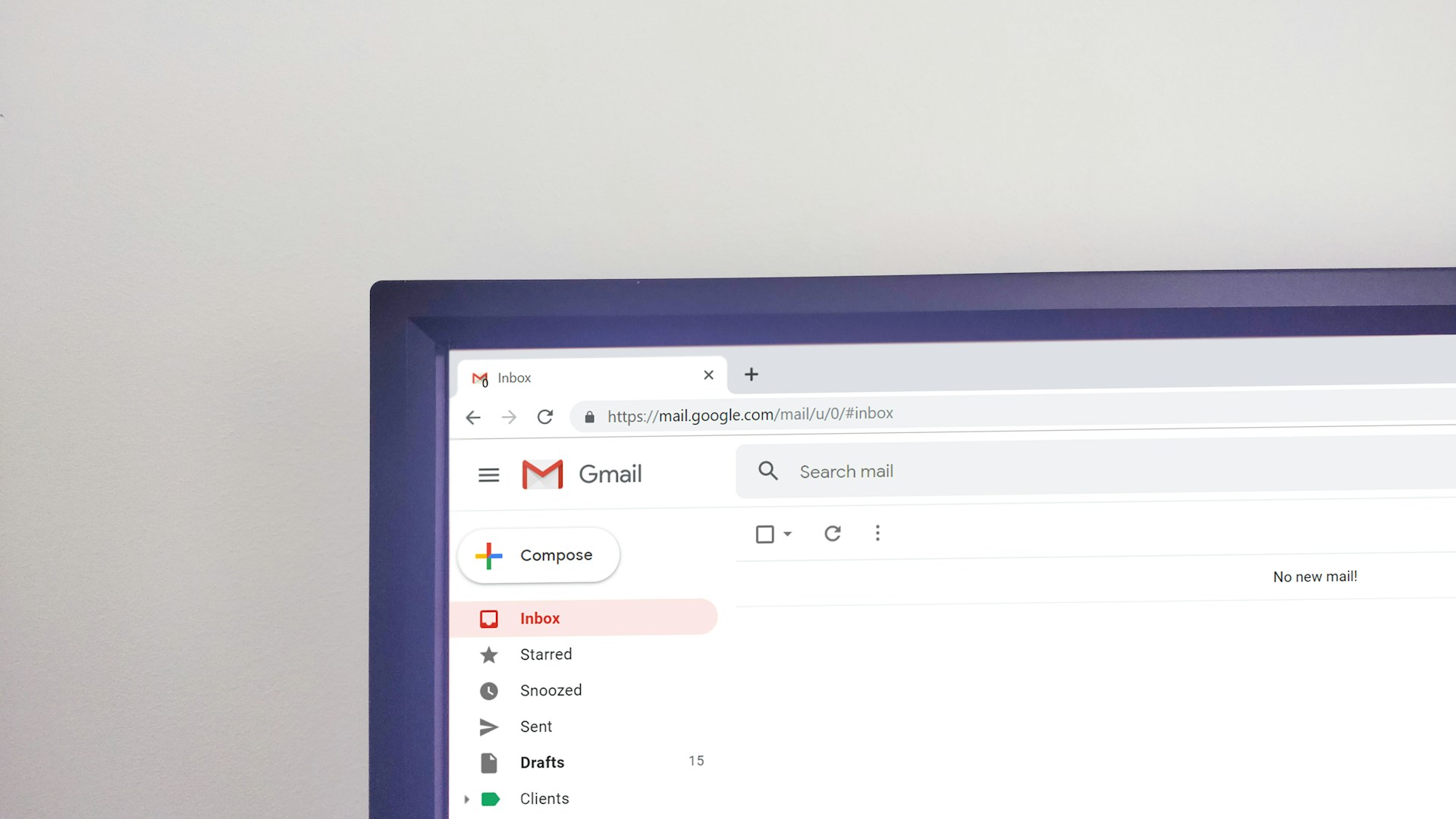There’s a new kind of phishing threat growing fast — and it’s getting smarter by the day. It’s called AI-powered polymorphic phishing, and it’s quietly reshaping how we think about email security.
We’ve been tracking this trend closely, and the data is concerning. In February 2025 alone, we saw a 17% spike in phishing emails compared to the previous six months. What’s more, 76% of phishing attacks now include at least one polymorphic element, and 82% leverage AI in some form — a 53% increase year-over-year.
Let’s break down what’s going on and why it matters.
What Is Polymorphic Phishing?
Think of polymorphic phishing like a shape-shifter. It’s a phishing email that changes just enough details — subject lines, sender names, content structures — so that no two emails look exactly the same. The goal is to bypass pattern-based detection systems that rely on identifying common traits across phishing attempts.
Now, combine that with AI, and you’ve got a threat that’s not just evasive — it’s hyper-personalized, fast, and constantly learning.
How AI Is Supercharging These Attacks
AI isn’t just making phishing more effective — it’s redefining how cybercriminals operate. Here’s how:
- Bypassing Traditional Defenses: AI tweaks the delivery method, changes payloads, and adapts in real-time based on what works (or doesn’t). That means blocklists and static filters just aren’t enough anymore.
- Dynamic Email Content: Every recipient gets a unique message. That makes it much harder for secure email gateways (SEGs) and spam filters to catch them.
- Enhanced Personalization: AI scans social media, breached data, and public records to craft highly targeted messages — sometimes even mimicking someone the recipient knows.
- Continuous Adaptation: If a victim interacts but doesn’t fall for the bait, the system follows up — adjusting tone or urgency to re-engage.
- Improved Persuasion: Emails now mirror the tone, grammar, and style of real contacts, making them eerily believable.
- Spear Phishing with Deepfakes: AI-generated audio or video messages are increasingly part of high-level spear phishing campaigns targeting executives and admins.
This isn’t speculative. We’re seeing it in the wild right now.
How Are These Emails Getting Through?
Attackers have shifted their methods. Here’s how most polymorphic phishing messages are being sent:
- 52% via compromised accounts (trusted sources are harder to flag)
- 25% through phishing domains
- 20% via webmail services
Because these emails don’t match known attack patterns, standard detection techniques are starting to fall behind. In fact, grouping similar messages into campaigns — a common detection method — could be obsolete by 2027.

Leave a Reply